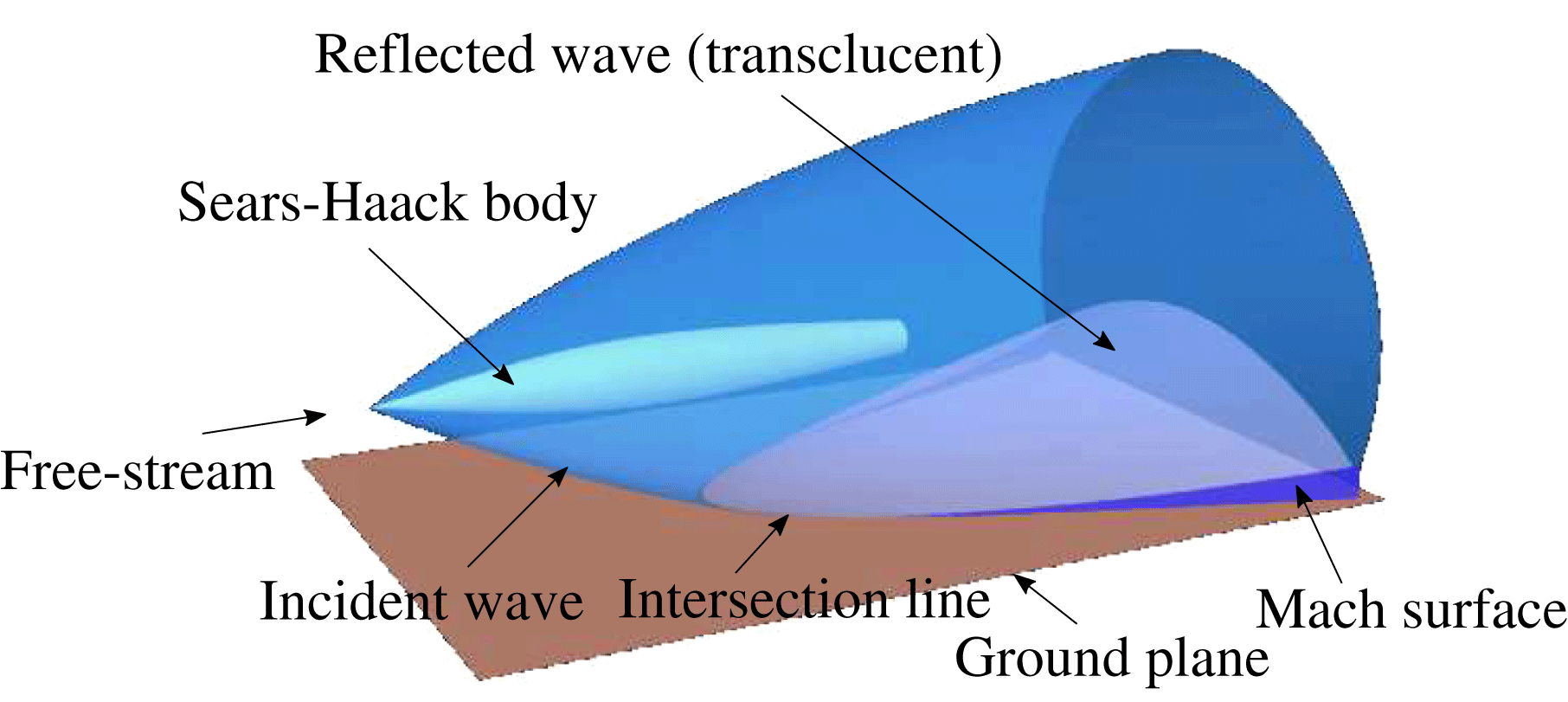This Vid. by Mark and Sam after work changed my understanding of what happens in the transonic zone.
I don't have any experience shooting the Grendel going subsonic so what say you?
Is there really not much effect on accuracy from properly stabilized bullets going from super to sub sonic?
I don't have any experience shooting the Grendel going subsonic so what say you?
Is there really not much effect on accuracy from properly stabilized bullets going from super to sub sonic?






Comment